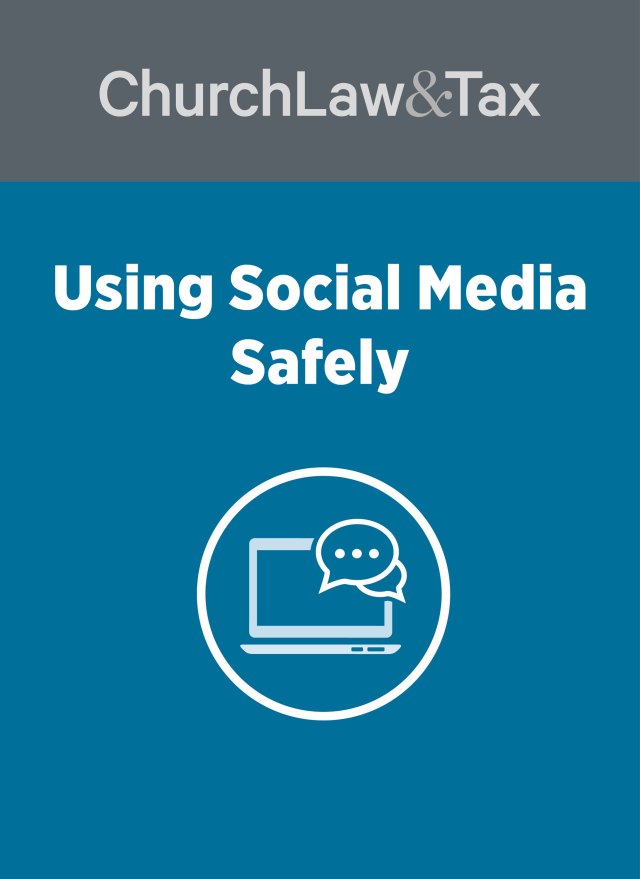If you want to have a major change management issue in your church, try proposing a new church name. Church members can be very attached to the current name of your church, and changing it can be a challenging process.
In this post, I offer the “why” behind a change in the name of a church. Let me be clear, I am not offering my opinion or assessments of these motives. I am simply sharing them as reported to me by church leaders. Additionally, these six reasons are not necessarily mutually exclusive.
- To create a clear or new priority. The most common church name in the United States is “First Baptist.” When church members originally chose that name, they had two priorities to communicate. First, the name communicated that the church was doctrinally or denominationally connected to Baptists. “First” emphasized that the church was the first church with the name “Baptist” in its respective community. As another example, churches that have “community” in their name often desire to emphasize their priority and presence in the community.
- To change a geographical distinction that is no longer relevant. As an example, 12th Street Church was started, obviously on 12th Street in the community. Most likely, most people in the community knew the location of 12th. But later the municipality changes the name to Martin Luther King Drive, and 12th Street no longer exists. Church leaders decide they don’t want a church name for a locale that can no longer be found.
- To identify with the community more clearly and emphatically. If a church changes its name from First Christian Church to the Church at Spring Hill, it is making a very clear statement that the church exists in Spring Hill and for Spring Hill. The community is thus the emphasis.
- To avoid confusion with another church. I know of at least two examples of churches that have the identical names of “First Baptist.” There are probably some fascinating stories behind this predicament. One of the churches may decide to change its name to avoid the obvious confusion.
- To do a de facto relaunch. I did a consultation several years ago at a church in the South. When I did a community survey, I learned that the church had a terrible reputation in the community. They were known for their church conflicts, for their inward focus, and for their coldness to outsiders. But the church had changed as many malcontents had exited. Still the negative reputation remained. I made the rather radical recommendation that they actually “close” the church for a month and relaunch it under a new name.
- To reflect the merger with or acquisition by another church. Church mergers and church acquisitions are becoming more common. Often the acquired church will change its name to better reflect its new identity with the acquiring church.
- Thom S. Rainer is president and CEO of LifeWay Christian Resources. Among his greatest joys are his family: his wife ,Nellie Jo; three sons, Sam, Art, and Jess; and seven grandchildren. Dr. Rainer can be found on Twitter (@ThomRainer) and at facebook.com/Thom.S.Rainer. This post was adapted from an article that first appeared at ThomRainer.com on December 13, 2014. Used with permission.

